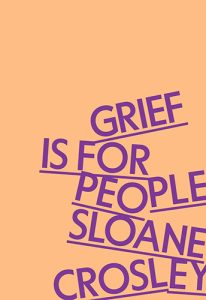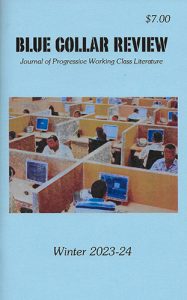Brevity – Fall 2012
Issue 40
Fall 2012
Semiannual 
Kirsten McIlvenna
In response to the results of the VIDA Count (which counts the male to female ratio in publishing—I’ll let you guess which gender got the shorter stick), Brevity decided to put out a special issue called “Ceiling or Sky? Female Nonfictions After the VIDA Count,” which focuses on “the important contribution of female writers to the creative nonfiction movement.”
In response to the results of the VIDA Count (which counts the male to female ratio in publishing—I’ll let you guess which gender got the shorter stick), Brevity decided to put out a special issue called “Ceiling or Sky? Female Nonfictions After the VIDA Count,” which focuses on “the important contribution of female writers to the creative nonfiction movement.”
Guest Editor Sarah Fawn Montgomery says, “Working on a women’s issue of Brevity meant, first of all, examining my feelings on what it means to be a woman, thinking about the ways traditional definitions of ‘woman’ have limited and excluded, and exploring the ways women in publishing and the arts are represented. While women are certainly underrepresented in literary publishing, what is perhaps more revealing are the ways women’s published writing is relegated to certain themes and issues, certain forms and styles.”
In this issue of Brevity, women face all types of issues: trying to fall asleep while four bats loom overhead, gearing up for a day of work as a female officer, being a lesbian that others think needs to be “saved,” and remaining cheery while chopping up a chicken, the thigh, the liver, the gizzard.
Sonya Lea’s “First Bath” tells a visually and emotionally striking tale of bathing her husband after his cancer surgery. The once strong man that took care of her is now forty pounds lighter without much memory of his life, “a body taken apart and reassembled, a body that has not settled into the space of gravity, a body that knows nothing about its own scars, crevices, grumbles”:
I wash the dried blood near his chest tubes, move the water away from the tape down his middle, a wide bandage over two feet long, where his skin is quietly re-stitching. He is without his umbilicus, the part that connected him to his mama, the center that made him man, the place where my fingers found him in the dark.
In “Some Numbers,” Debra S. Levy expresses how flustered she was when her mother collapsed outside. She runs into the house to dial 911, but she accidentally dials 1-1-9 over and over again. Written in second person, it really connects with the reader, drawing us in and asking us to feel how she did in the situation.
You are numerically dyslexic. In college, when your German professor told the class to turn to Seite funf und vierzig (page five and forty, or forty-five), you turned to page fifty-four and sat there confused.
Your mother did not die that day, the day you dialed 119 instead of 911. Nor did she die the next day, or the next. It was a week later, in the hospital, and afterwards, after she drew her last breath, they closed the curtain around her bed and escorted you across the hall into an empty room so they could “take care of some things.” Alone, you sat in the dark, fingers twisted, wondering what things you yourself would now need to take care of.
This issue really begs you to feel and see lives through the eyes of these women. In the end, it’s not a magazine issue that is all that different than any other; the quality work just happens to all be from women. Beyond that, the art in this issue by Gabrielle Katina is very visually stunning, carrying the mood throughout the issue.
[brevitymag.com]




